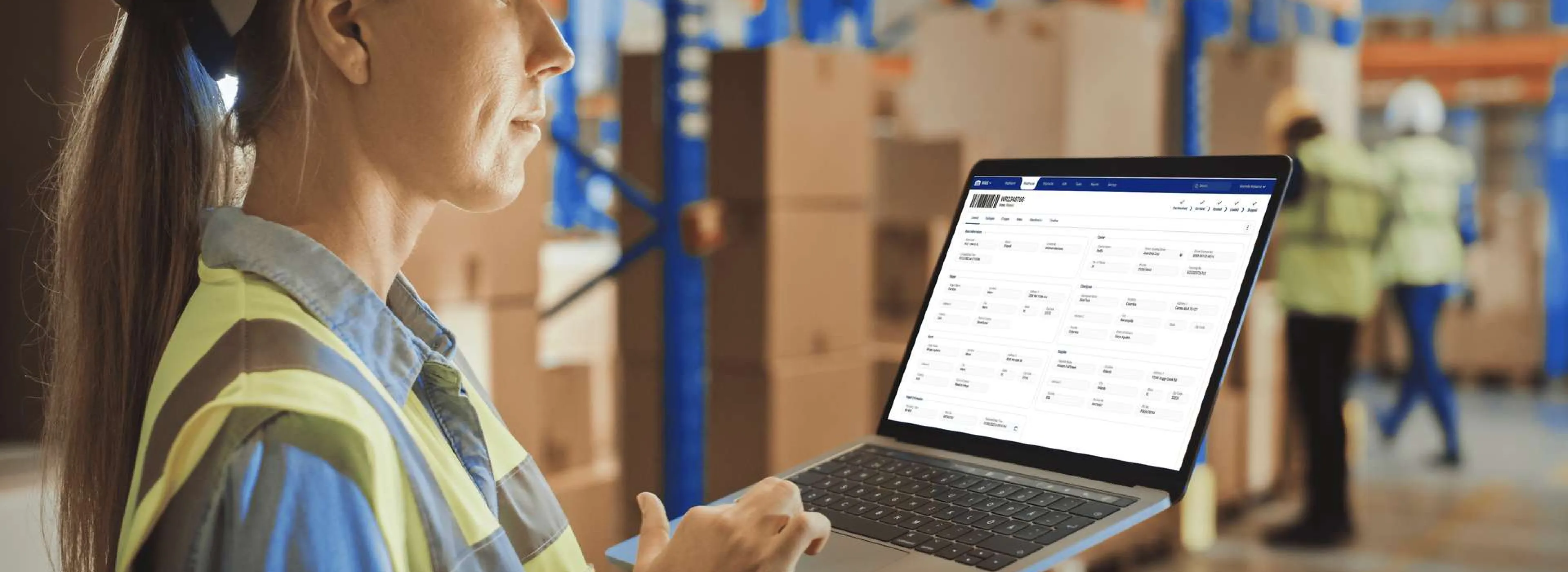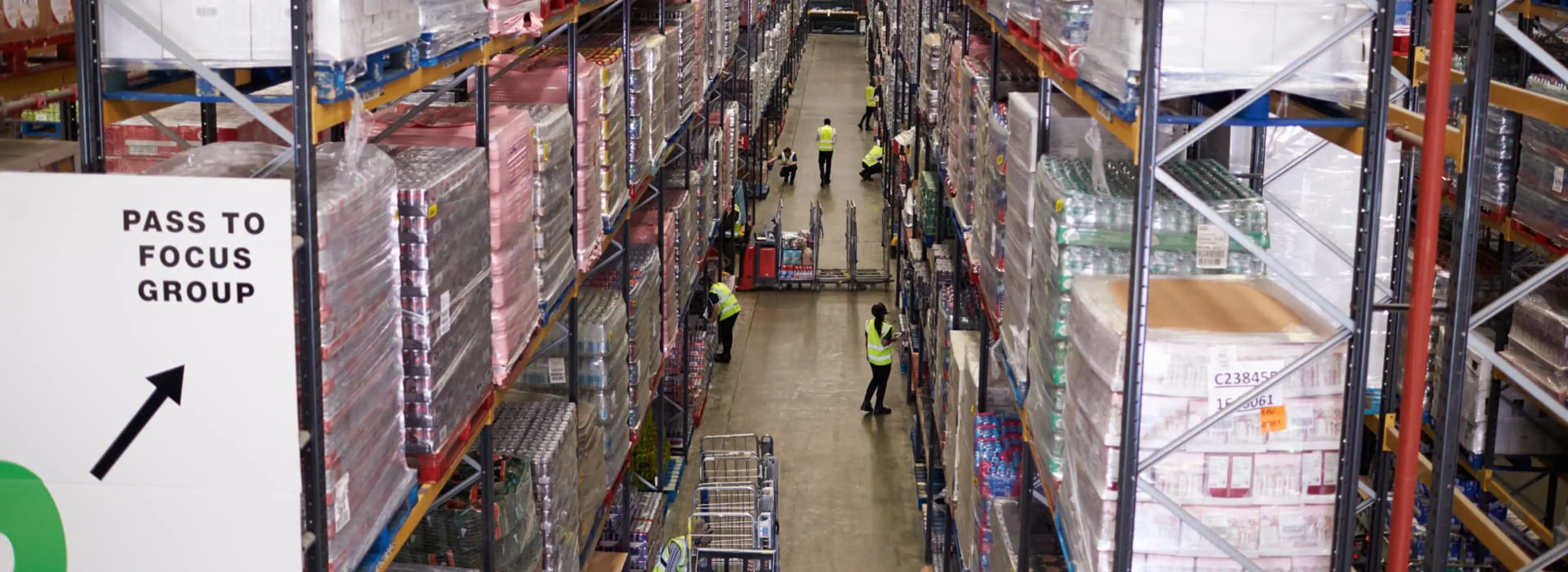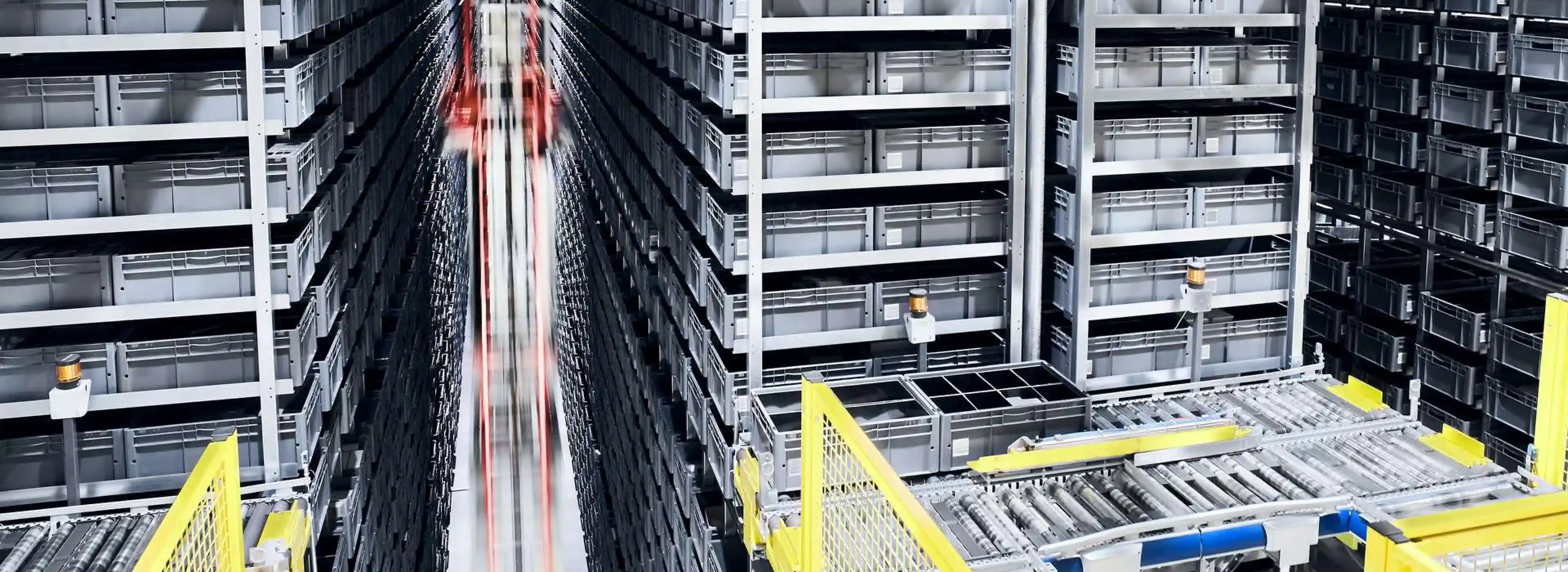The right software will help you tackle many challenges of operating warehouses. While you can use many different tools and software solutions for this purpose, one of the most impactful is a warehouse management system with the right features and functions.
Click Here: Boost Your Warehouse Efficiency With This Advanced and Affordable WMS
Warehouse management systems (WMS) are comprehensive software solutions that help companies monitor, manage, and optimize warehouse operations. WMS includes a range of features that serve this purpose.
In this blog, we’ll explore some of the standard functions that every WMS must have and some of the advanced features that offer a competitive advantage.
Standard WMS Features
There are some features that nearly every WMS must have to facilitate warehouse management. These features include:
- Inventory management: A WMS helps companies track inventory levels so they don’t have to do so manually.
- Labor management: With a WMS, companies can seamlessly monitor their employees’ output and work hours — keeping them on target.
- Order picking management: A WMS helps facilitate the order-picking process by automatically generating picking lists based on orders.
- Receiving: This WMS feature makes tracking and managing incoming goods at warehouses easier.
- Reporting: A WMS can generate reports to help warehouse managers analyze performance and inventory levels.
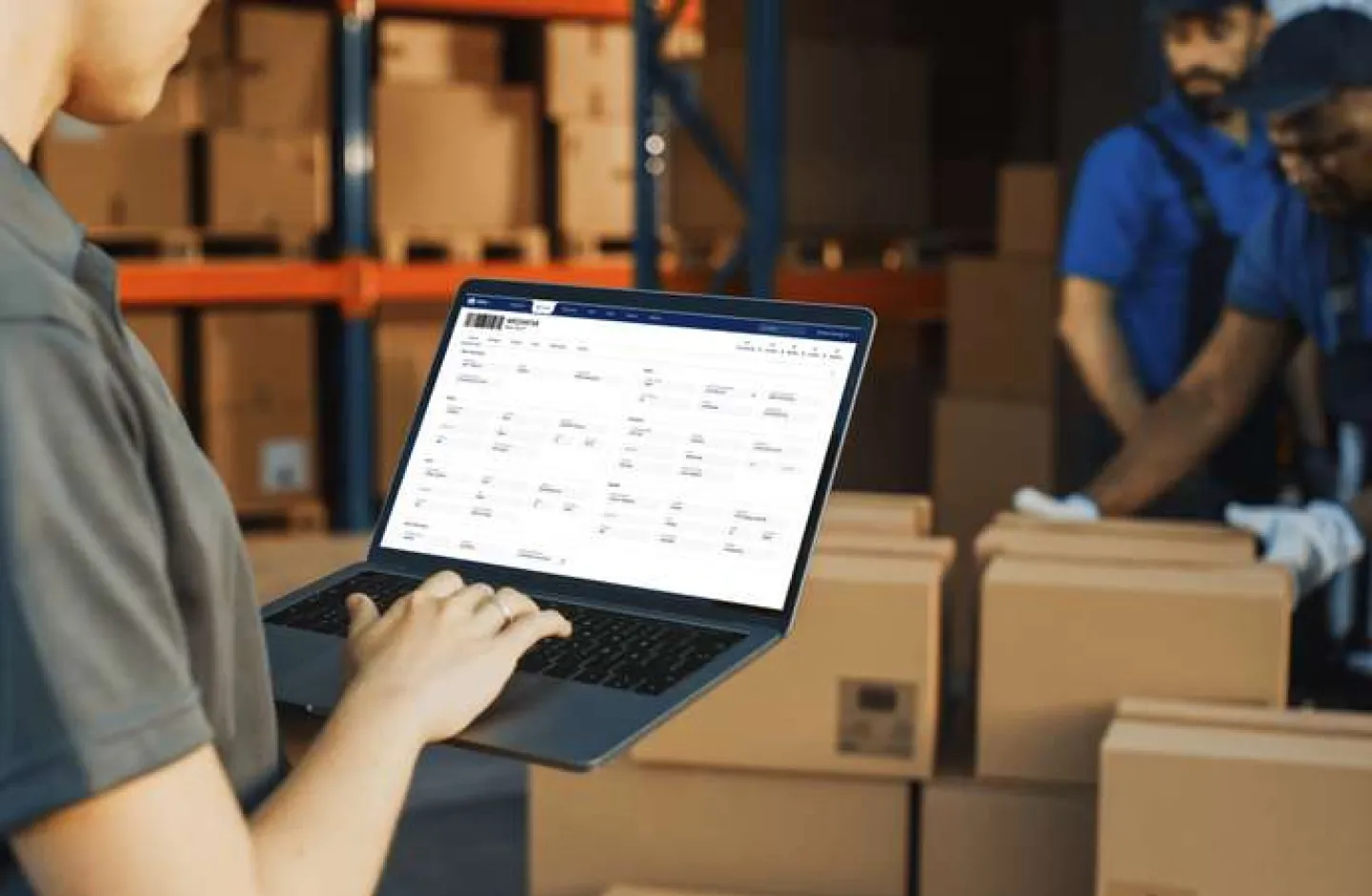
Most average warehouse management systems will include these features. You may find some of these features in enterprise planning resource (ERP) software since they have basic warehouse and inventory management features.
Advanced WMS Features
Some warehouse management systems go above and beyond these standard features, though. If you’re searching for a WMS that can offer you a true competitive advantage in your market, look for one that includes these advanced warehouse management system features:
1. Inventory Management Across Multiple Warehouses
A basic WMS will allow you to track your inventory at a single warehouse. As more and more companies choose to operate multiple, decentralized warehouses, inventory management at individual warehouses isn’t the most effective option.
If you operate multiple warehouses, one of the advanced warehouse management systems features you should look for is inventory management across multiple warehouses. With this advanced WMS function, you can conveniently manage your warehouses from a centralized application. This lets you manage all your inventory from a multiple warehouse level or at any individual warehouse level.
Managing your inventory across multiple warehouses will help ensure your stock levels are optimal and operations are efficient. Especially in these times of unpredictable supply chain performance, you need to have a convenient way of having visibility across your inventory. This way, you’ll spend less time coordinating between warehouses and thus have more time to focus on your business objectives.
2. Real-Time Inventory Visibility From Anywhere
Another advanced WMS feature is real-time inventory visibility from anywhere, even if you’re not in the warehouse.
Warehouse management systems that offer this function provide you with the most recent information about the inventory levels in your warehouses. You never want to base your decisions on outdated, inaccurate inventory information. With this feature, you can have real-time data to help you make the most accurate business decisions possible.
Additionally, having access to warehouse data from anywhere means you can make business decisions promptly. WMSs with this function are usually web-based systems, meaning you can access it from any browser, regardless of whether or not you’re physically in the warehouse.
In the competitive landscape, accessing accurate, real-time inventory data from your hand is a major advantage. This WMS feature allows you to better predict customer demand, protect against inventory loss, and increase your overall warehouse efficiency — helping you stay ahead of the competition.
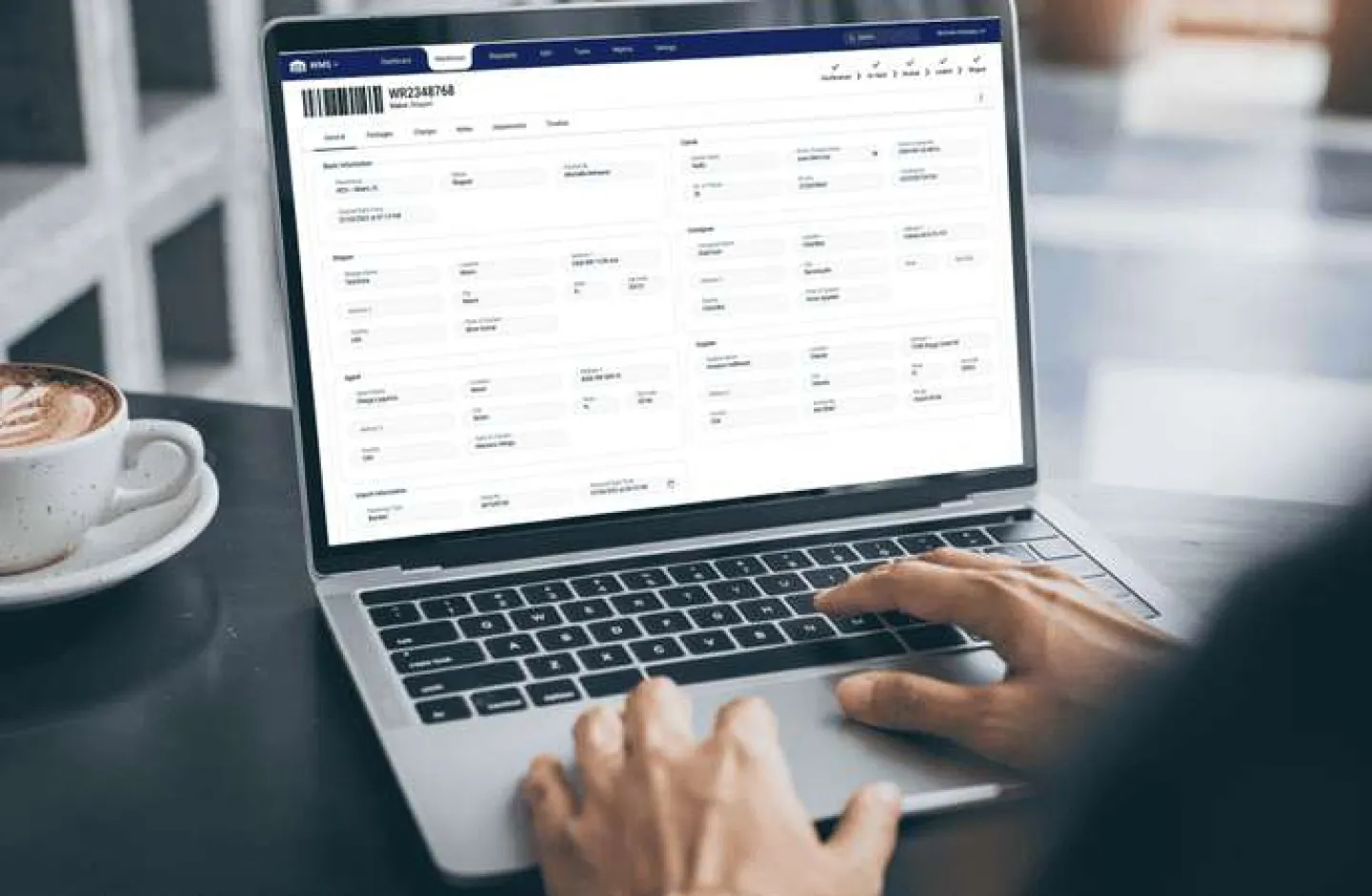
3. Easy Creation of Report-like Views
The best warehouse management systems don’t just provide information about your warehouses; they make it easy to manage data by letting users create report-like views according to their needs.
For example, advanced WMSs let you view cargo at the warehouse receipt or inventory level while customizing how they are displayed by adding or removing data, reorganizing columns, and more. Users can also use advanced filters to view specific data according to status, package type, received by, received date, dimensions, and more.
All these options make it simple to create report-like views that reflect the real-time data in your WMS. You can then use these report-like views to adjust your operations and strategies within the warehouses.
4. Automatic Capture of Cargo Dimensions, Weight, & Images
Warehouses receive hundreds or even thousands of pallets and parcels daily, and warehouse staff needs to measure the dimensions and weight of each package. Manually measuring and recording those details is incredibly time-consuming and error-prone, yet many warehouse management systems don’t include features that help them facilitate this process efficiently. This brings us to one of the advanced features of a warehouse management system – automatic capture of cargo dimensions, weight, and images.
With this feature, your WMS will automatically and accurately capture the dimensions and weight of the received cargo and add them to the system. This automation significantly reduces the time to perform the dimensioning process. You’ll save time and money without compromising the accuracy of your cargo records.

5. Workflows to Automate Repetitive Tasks
Many tasks involved in warehouse operations are tedious and repetitive. They require a lot of the warehouse staff’s time, but one of the advanced functions of a warehouse management system can change that.
Some advanced WMSs include a workflow automation feature. This WMS feature allows you to automate your repetitive tasks within the warehouse and systemize your processes. Some examples of tasks that advanced WMSs can automate include:
- Sending automatic email notifications to customers when their cargo is received or shipped
- Generating receiving tasks for employees when cargo arrives at the warehouse
- Creation of picking tasks when an order is placed
The end result of using automation through a WMS is that your staff will have more time to devote to other tasks. Automation in the warehouse can lead to significant productivity gains.
Wrapping Up
A warehouse management system is essential software to accommodate today’s demands. Even with the standard WMS features, your operations can be more efficient and attuned to the industry. To get ahead of the competition, though, you will need advanced WMS features. The advanced capabilities mentioned in this article are some of the most important, as they can provide your warehouse with significantly more productivity, visibility, and efficiency.
Try some of these features for FREE by signing up for a trial of WMS Orchestrator.
For more information about warehouse management systems or technology trends, follow us on LinkedIn, YouTube, X, or Facebook. If you have other inquiries or suggestions, please contact us here. We’ll be happy to hear from you.
